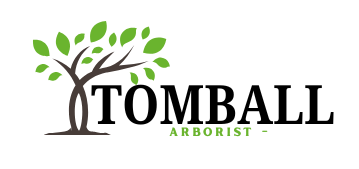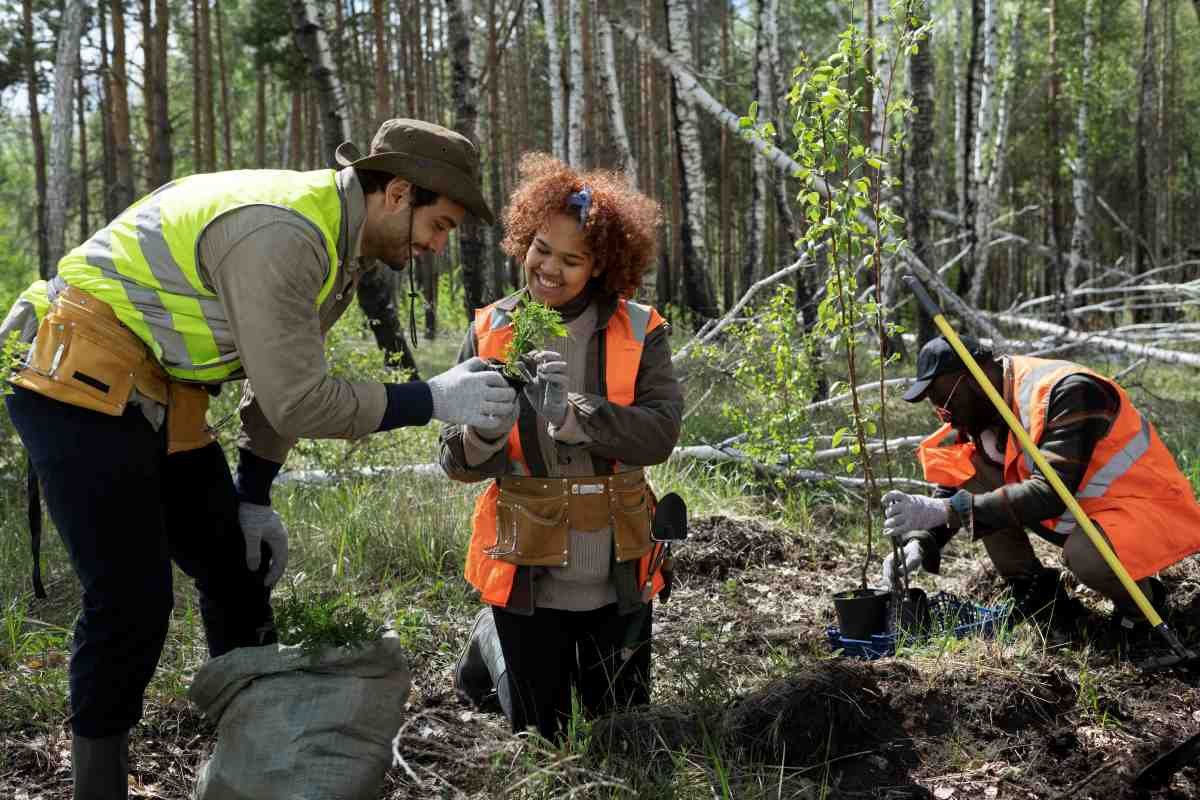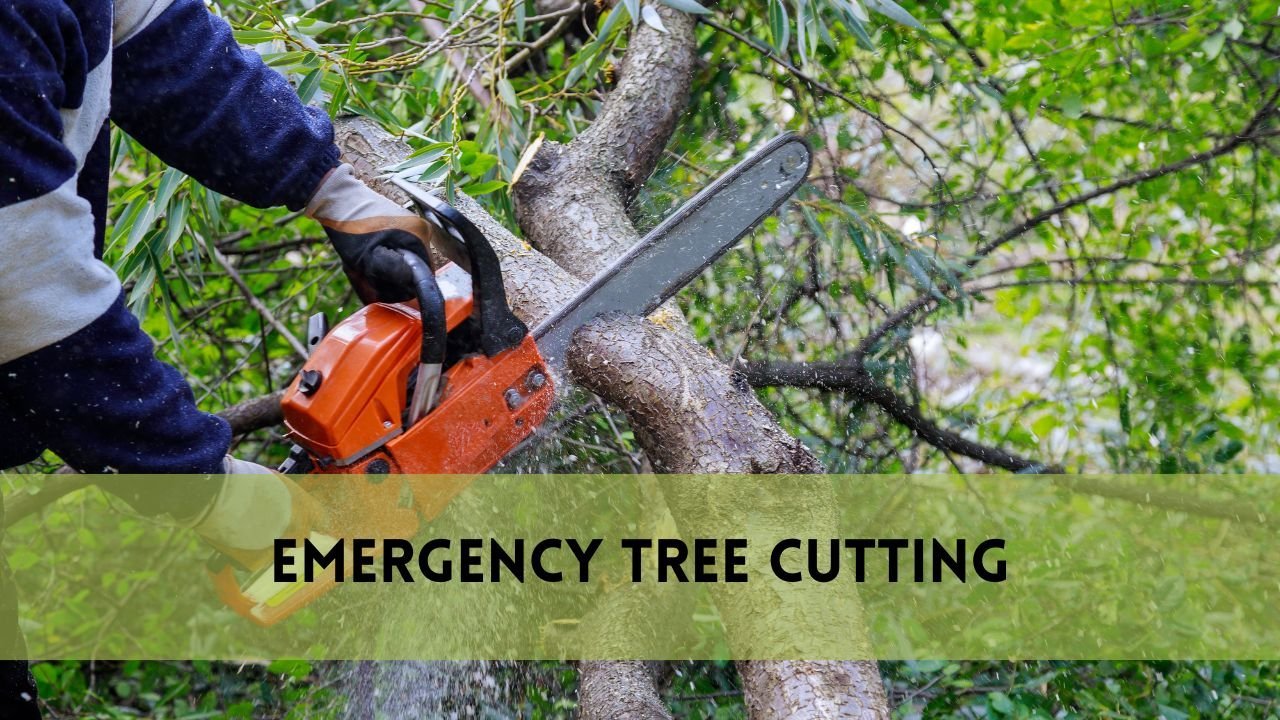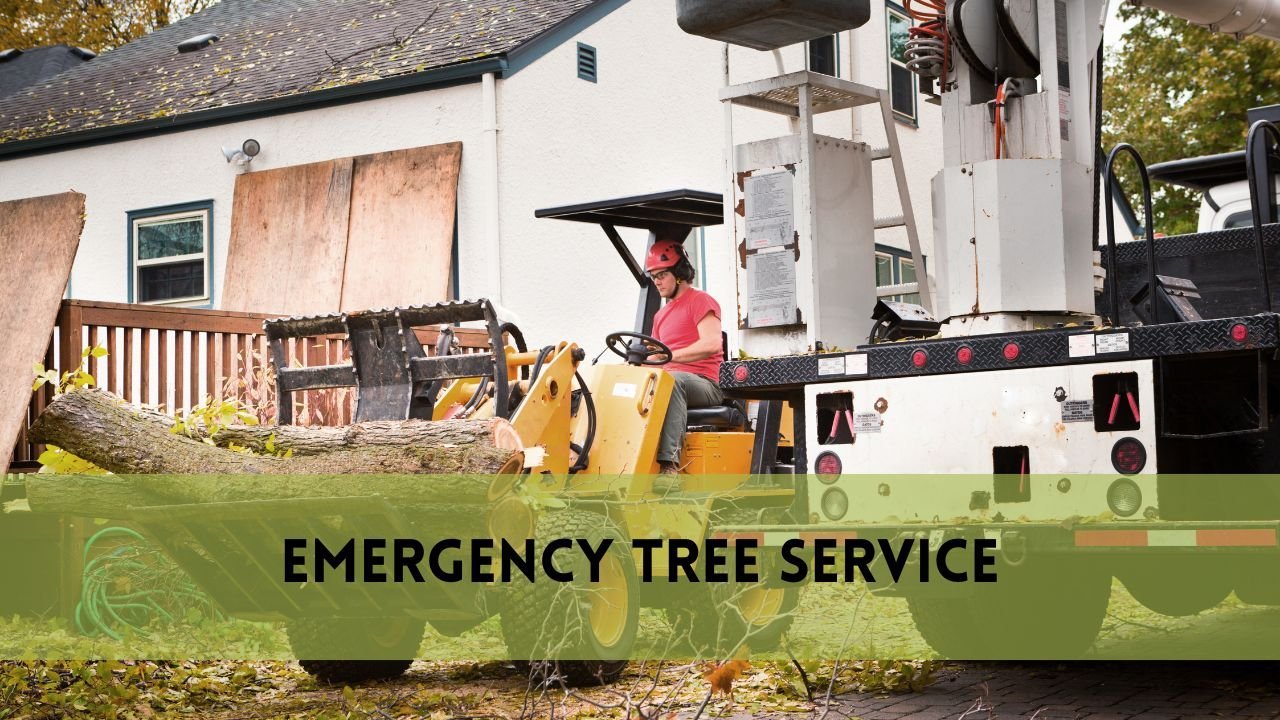Tree maintenance is an essential aspect of maintaining a healthy and visually appealing landscape. Among the various tree care practices, tree trimming plays a crucial role in promoting tree health, enhancing aesthetics, and ensuring safety.
While tree trimming can be performed throughout the year, many homeowners wonder whether it is appropriate to trim trees during the summer months. In this informational guide, we will explore the topic of summer tree trimming and address your question.
Trim Trees in the Summer
It is possible to remove a tree during the summer months.
Advantages and Considerations of Trimming in Summer
Trimming trees during the summer months offers several advantages and considerations that are unique to this season.
- Faster healing and recovery: Trimming trees during summer allows them to heal and recover more quickly. The warm temperatures and ample sunlight promote rapid wound closure, reducing the risk of disease or insect infestation. Trees have an increased flow of sap during summer, aiding in the healing process and preventing the entry of pathogens.
- Increased sunlight exposure: By trimming trees during summer, you can help increase sunlight exposure to the surrounding areas. This is particularly beneficial if you have plants or grass underneath the tree that require adequate sunlight for growth. Trimming during summer allows more sunlight to reach the lower branches and nearby plants, enhancing their overall health.
- Dealing with pests and diseases: Summer is the peak season for many pests and diseases that affect trees. By trimming during this time, you can identify and remove infested or diseased branches, preventing the spread of pests and diseases to other parts of the tree. Additionally, pruning in summer helps improve air circulation within the tree canopy, reducing the favorable conditions for fungal diseases.
Types of Tree Trimming Suitable for Summer
When it comes to summer tree trimming, certain types of pruning are particularly suitable for this season. Here are some common tree-trimming practices suitable for summer:
- Crown thinning: Crown thinning involves selectively removing branches within the canopy to improve airflow and reduce overall density. This technique is beneficial during summer as it allows better light penetration and minimizes the risk of wind damage during storms.
- Deadwood removal: Removing dead or dying branches is essential for tree health and safety. During summer, it is easier to identify deadwood as healthy branches are usually full of leaves. Removing deadwood prevents the spread of diseases and decreases the risk of falling branches during summer storms.
- Shaping and pruning: Summer is an ideal time to shape and prune trees for aesthetic purposes. By carefully trimming branches, you can maintain the desired shape and form of the tree. Pruning also stimulates new growth, resulting in a more attractive and well-maintained tree.
Tips for Effective Summer Tree Trimming
To ensure effective and safe summer tree trimming, consider the following tips:
- Proper pruning techniques: It’s crucial to follow proper pruning techniques to avoid causing damage to the tree. Make clean cuts just outside the branch collar and avoid leaving stubs. This promotes proper healing and reduces the risk of disease.
- Equipment and safety precautions: Use the appropriate tools, such as sharp pruning shears or saws, to make clean cuts. Wear protective gear, including gloves, safety goggles, and sturdy footwear, to safeguard yourself during the trimming process.
- Hiring professional arborists: If you’re uncertain about the appropriate pruning techniques or if the tree requires significant trimming, it’s advisable to seek the services of professional arborists. They have the expertise and knowledge to assess tree health, make appropriate cuts, and ensure safety during the trimming process.
Conclusion
In conclusion, tree trimming during the summer months can be highly beneficial for promoting tree health, enhancing aesthetics, and ensuring safety.
The advantages of summer tree trimming include faster healing and recovery, increased sunlight exposure, and the opportunity to address pests and diseases. Crown thinning, deadwood removal, and shaping/pruning are suitable types of tree trimming for the summer season.





